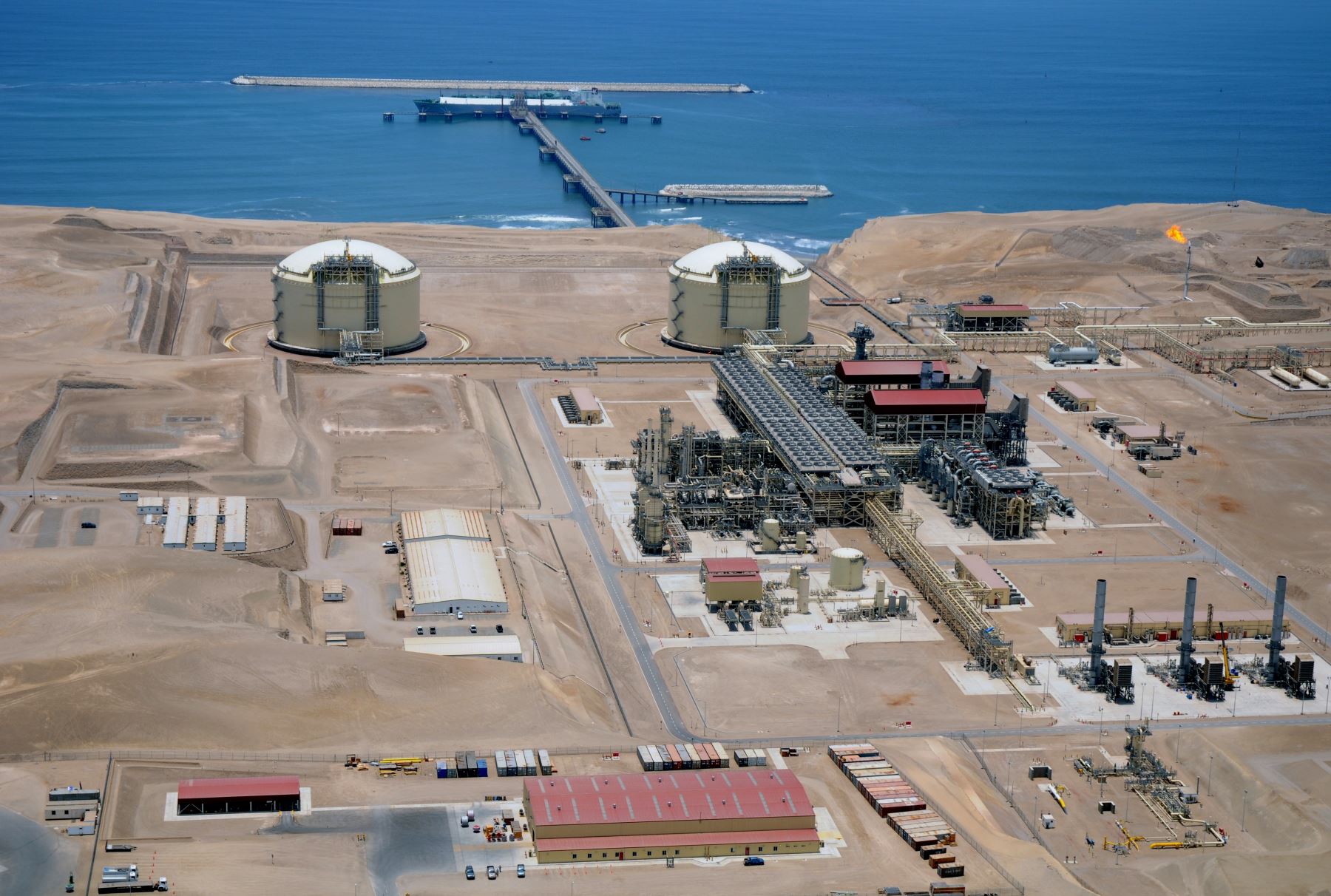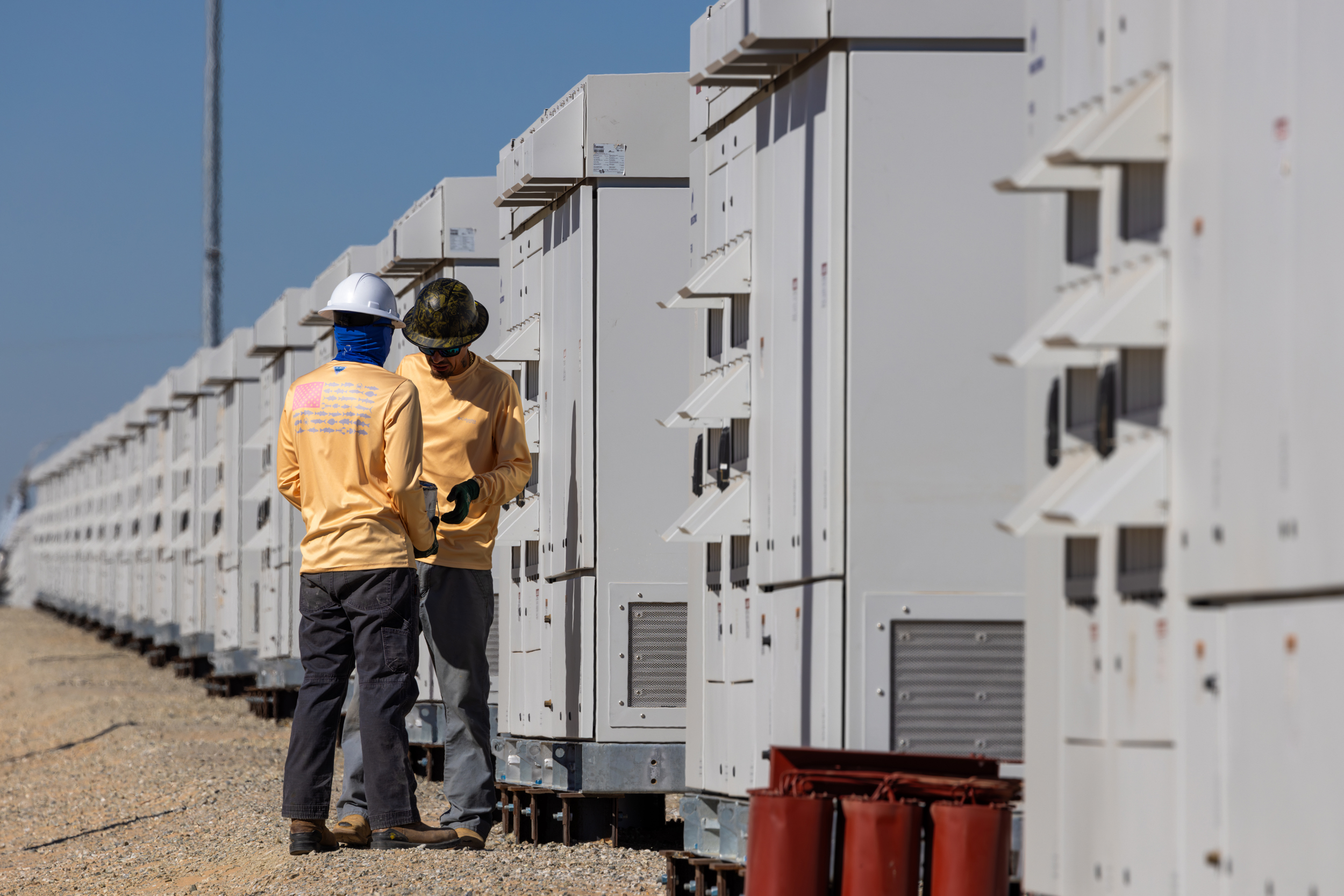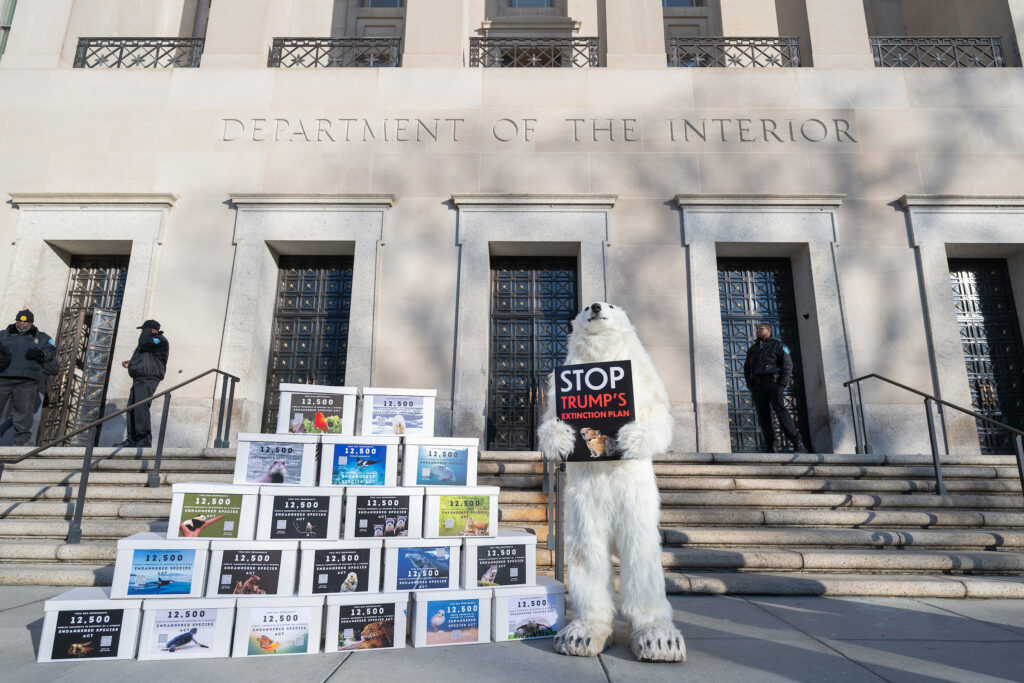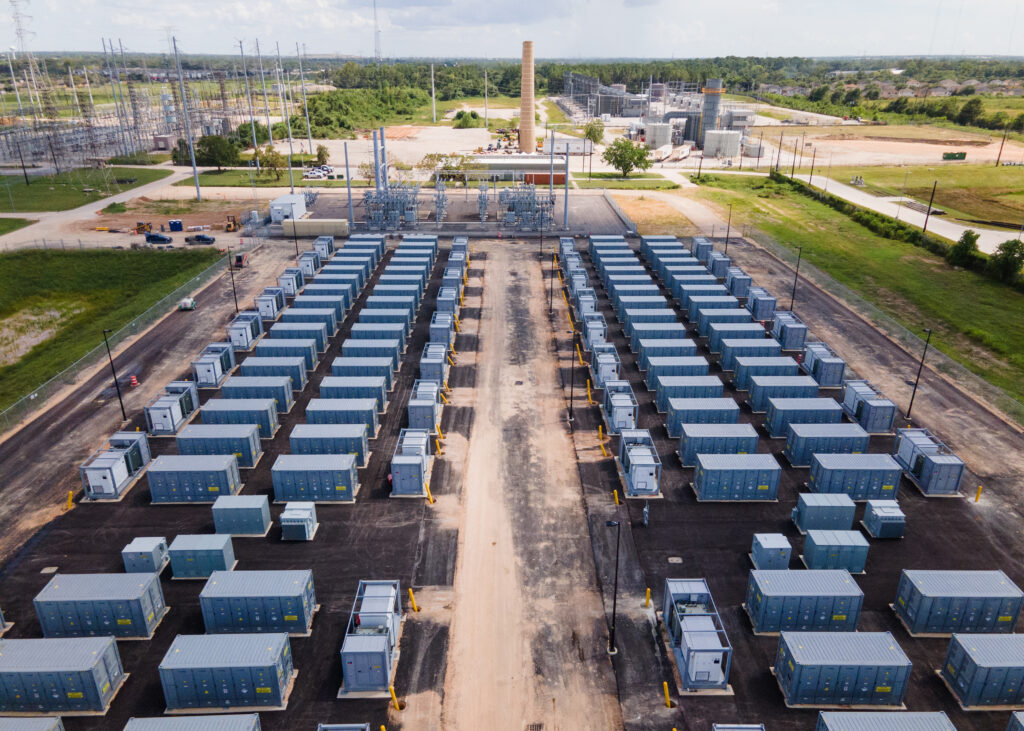Advocates for renewable energy in Virginia took aim at a report that the U.S. Department of Energy issued last week on the reliability and security of the nation’s electric grid, faulting it for dated reliance on fossil fuels to meet skyrocketing energy demands from data centers and lacking public input.
They noted that the 73-page report–an evaluation ordered by President Trump that champions coal, oil and gas–came at a time when a Dominion Energy-owned Mount Storm coal plant in West Virginia is costing Virginia ratepayers hundreds of millions of dollars and exacerbating problems from the climate crisis. Additional orders by Trump to keep coal, oil and natural gas plants online could be forthcoming, advocates warned.
“They have botched their analysis,” said Frank Rambo, executive director of Horizon Climate Initiative, a nonprofit based in Charlottesville, Virginia, that works to make energy markets affordable and clean. “They’re really off the mark on it.”
Ryan O’Toole, co-executive director of Freedom Virginia, a nonprofit advocating for affordable medicine, housing and energy, pointed to the 1.6 gigawatt Mount Storm plant that operated at a $212 million loss in 2023, according to information from Rocky Mountain Institute, or RMI.
“Action needs to be taken,” said O’Toole, noting that clean electricity is cheaper and increased flooding tied to the changing climate is also raising home insurance rates. “All options should be on the table in terms (of getting) new generation onto the grid,” he said.
Dominion Energy did not return requests for comment. The White House and the Department of Energy also did not respond. In a statement accompanying the report, Energy Secretary Chris Wright singled out policies leading to the retirement of coal plants and said: “President Trump’s administration is committed to advancing a strategy of energy addition, and supporting all forms of energy that are affordable, reliable, and secure.”
The Energy Department’s report on grid reliability followed Trump’s April executive order on “Strengthening the reliability and security of the United States electric grid.” That directive followed Trump’s order in January that declared a national energy crisis, despite government data showing that the country has an energy surplus.
Among the report’s findings are that about 104 gigawatts, mainly from aging coal and natural gas plants, are expected to be replaced by 209 gigawatts of electricity, mostly from solar and wind sources, by 2030. But only 22 gigawatts of the replacement power would be coming from “firm baseload generations,” or those that can consistently produce electricity.
During that time frame, an estimated 50 gigawatts of electricity demand, mainly from data centers, are expected to be added to the grid. In 2022, the U.S. consumed about 4.07 trillion kilowatt hours of electricity.
Reports about grid reliability concerns are not uncommon. The North American Electric Reliability Corporation, a regulatory body with oversight from the Federal Energy Regulatory Commission, releases an annual State of Reliability report. Consultants, like Grid Strategies, have also studied the network of electricity generation sources and transmission cables powering the nation’s demands, and ways to use clean energy.
The Virginia General Assembly’s legislative research arm, the Joint Legislative Audit and Review Commission, spent months conducting over 300 interviews while reviewing the state’s onslaught of data centers, which house the servers processing internet services and artificial intelligence.
The state is estimated to process 70 percent of the world internet traffic and could face an increase in demand for electricity from over 10,000 gigawatt hours in 2023 to over 30,000 gigawatt hours by 2040 if data center development went unconstrained.
Rambo said the Trump grid reliability omits recent actions by his administration to slow down the country’s transition to clean energy and a net zero energy economy and may alter retirement dates of coal plants.
The report called out Winter Storm Elliot in 2022 as leading to the loss of load hours, which it defines as an energy demand unable to be met by existing resources. But it doesn’t acknowledge that the freezing of fossil fuel infrastructure led to those shortages, a finding by the Federal Energy Regulatory Commission.
The report does not reflect other realities. The federal Environmental Protection Agency is now seeking to repeal the Biden-era power plant rule that required operators to reduce emissions by 90 percent or retire plants by 2032. There’s also an assumption of a small amount of new generation coming online, contradictory to past U.S. Energy Information Administration data, which shows roughly 65 gigawatts of battery additions and 40 gigawatts of gas-fired additions, both of which are considered “firm” resources that provide consistent outputs of electricity over periods of time.
The report also neglects work by PJM Interconnection, the operator of the pivotal regional grid that provides electricity for 13 states including Virginia, to add more clean energy to the grid.
What’s more, Rambo said, the report double-counts power demands from data centers by failing to note a process in which developers will propose building the massive server farms in multiple locations to find the best deal.
Dominion Energy, in a state regulatory hearing that included this concern, argued it relies on its contract process to avoid double counting. But Appalachian Voices, an environmental and ratepayer advocate, argued the contracts represent “paltry” amounts of data center development costs, and “can hardly be viewed as binding commitments.”
“Recent data center cancellations offer further support for the idea that much of the forecasted load is speculative,” wrote Nate Benforado, a senior attorney at the Southern Environmental Law Center representing Appalachian Voices.
The projections also are in question from a recent report by the Southern Environmental Law Center, which found a limited availability of the smart chips needed for data centers to function.
There is no evidence in the grid reliability report of the complex debate occurring regionally and locally to determine if operating coal plants is in the best interest for ratepayers. Such debate has occurred in Virginia with regard to Appalachian Power Company’s 2.9 gigawatt Mountaineer and 1.3 gigawatt Amos coal plants in West Virginia. Appalachian Power, with five million customers in 11 states, has a mix of coal, natural gas, solar, wind and hydro resources, and it said in a statement that it was still reviewing the DOE report.
George Porter, a spokesman for Appalachian Power, noted that planned changes and retirements of some plants may be adjusted. “Under the current EPA rules…Amos 3 and Mountaineer will continue until 2032, when they will retire. Amos 1 will retire by 2035, and Amos 2 by 2039.”
If there are changes to Biden’s power plant rule, also known as the greenhouse gas or GHG rule, “then the company will re-evaluate its plan for the Amos Power Plant,” Porter said.
Virginia is bound by the Virginia Clean Economy Act, a 2020 law to decarbonize the state’s electric grid by mandating retirements of fossil fuel plants. But since Mount Storm is in West Virginia, a mandated retirement would need to come from West Virginia or from the federal level. In Virginia, under the retirement measure, Dominion’s Virginia- based 610 megawatt Virginia City Hybrid Energy Center and 877 megawatt Clover plant would need to comply, unless there’s a reliability concern.
The losses of Mount Storm, the Virginia City Hybrid Energy Center and the Clover plant will cost the utility’s customers an average of $14 a year, according to RMI’s online dashboard which relies on federal Energy Information Agency data. Mount Storm emitted 30.6 million tons of carbon in 2023, the RMI dashboard shows.
About This Story
Perhaps you noticed: This story, like all the news we publish, is free to read. That’s because Inside Climate News is a 501c3 nonprofit organization. We do not charge a subscription fee, lock our news behind a paywall, or clutter our website with ads. We make our news on climate and the environment freely available to you and anyone who wants it.
That’s not all. We also share our news for free with scores of other media organizations around the country. Many of them can’t afford to do environmental journalism of their own. We’ve built bureaus from coast to coast to report local stories, collaborate with local newsrooms and co-publish articles so that this vital work is shared as widely as possible.
Two of us launched ICN in 2007. Six years later we earned a Pulitzer Prize for National Reporting, and now we run the oldest and largest dedicated climate newsroom in the nation. We tell the story in all its complexity. We hold polluters accountable. We expose environmental injustice. We debunk misinformation. We scrutinize solutions and inspire action.
Donations from readers like you fund every aspect of what we do. If you don’t already, will you support our ongoing work, our reporting on the biggest crisis facing our planet, and help us reach even more readers in more places?
Please take a moment to make a tax-deductible donation. Every one of them makes a difference.
Thank you,

















